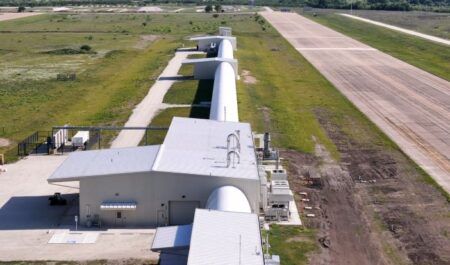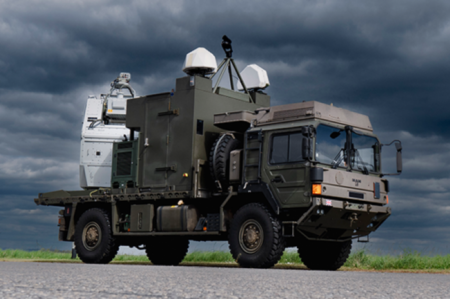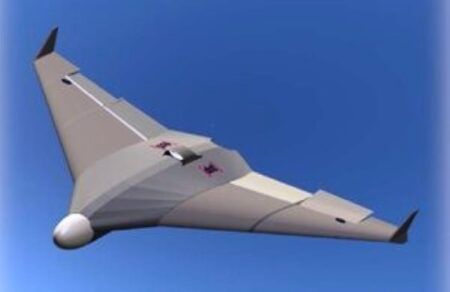A major test flight gathering vital data which will be used for R&D into hypersonic flight was successfully launched by NASA earlier this week.
Results from the Bolt 2 (Boundary Layer Transition and Turbulence) rocket mission, which launched from the Wallops Flight Facility, Virginia on March 21, continues research originally started in 14 years ago into the conditions of hypersonic flight, speeds greater than Mach 5.
In 2008 NASA Langley Research Center’s Hypersonic Boundary Layer Transition (HyBoLT) was conducted to obtain data on hypersonic boundary layers, including for studying the effects of intentional roughness, or trips. However, the flight was terminated early due to a flight control issue and was not able to provide the needed hypersonic data.
Ground testing programs have been conducted by NASA since HyBOLT, before the first BOLT hypersonic flight test was launched in June 2021 from Esrange Space Center in Sweden. Again, the US$6 million rocket failed to reach hypersonic speeds because of problems with its launch mechanism.
The latest test flight, funded by the Air Force’s Office of Scientific Research (AFOSR) was successfully run using a Terrier-Improved Malemute sounding rocket as the launcher.
“One of the trickiest hypersonic problems is predicting something called the boundary layer transition location,” said Scott Berry, NASA principal investigator for the roughness experiment for BOLT II. “Boundary layers envelope all moving bodies and are defined by slip conditions of the individual air particles moving past the body.”
As an aircraft flies through the air, a thin layer of air forms around its surface and is dragged along with the vehicle. This boundary layer is very important, as most of the heating happens here, along with a significant portion of the drag forces that try to slow down the vehicle.
As this boundary layer grows along the vehicle’s length, it will eventually transition from the calm laminar flow near the leading edge of the vehicle, to violent turbulent flow further downstream.
“When turbulent, more of the frictional energy of the particles gets pulled down to the vehicle surface. This added energy to the wall can lead to excessive surface heating that make or break a vehicle design,” said Berry.
The BOLT II geometry has been heavily tested the last few years in one of NASA Langley’s hypersonic facilities, the 20in Mach 6 Tunnel. This geometry was selected based on its highly three-dimensional flow with swept leading edges, like a wave rider, which provides two distinct surfaces; one dedicated to smooth wall transition and the other to roughness effects.
“The desire is to be able to tailor the boundary layer to be laminar everywhere, but turbulent just ahead of the engine as flow separations within an engine are likely and more catastrophic if laminar,” said Berry.
Related stories
How a new multimillion research center will accelerate the development of hypersonic air vehicles
Swiss startup Destinus ramping up hypersonic aircraft development program
Global Hawk drones to be converted for use in hypersonic missile testing




